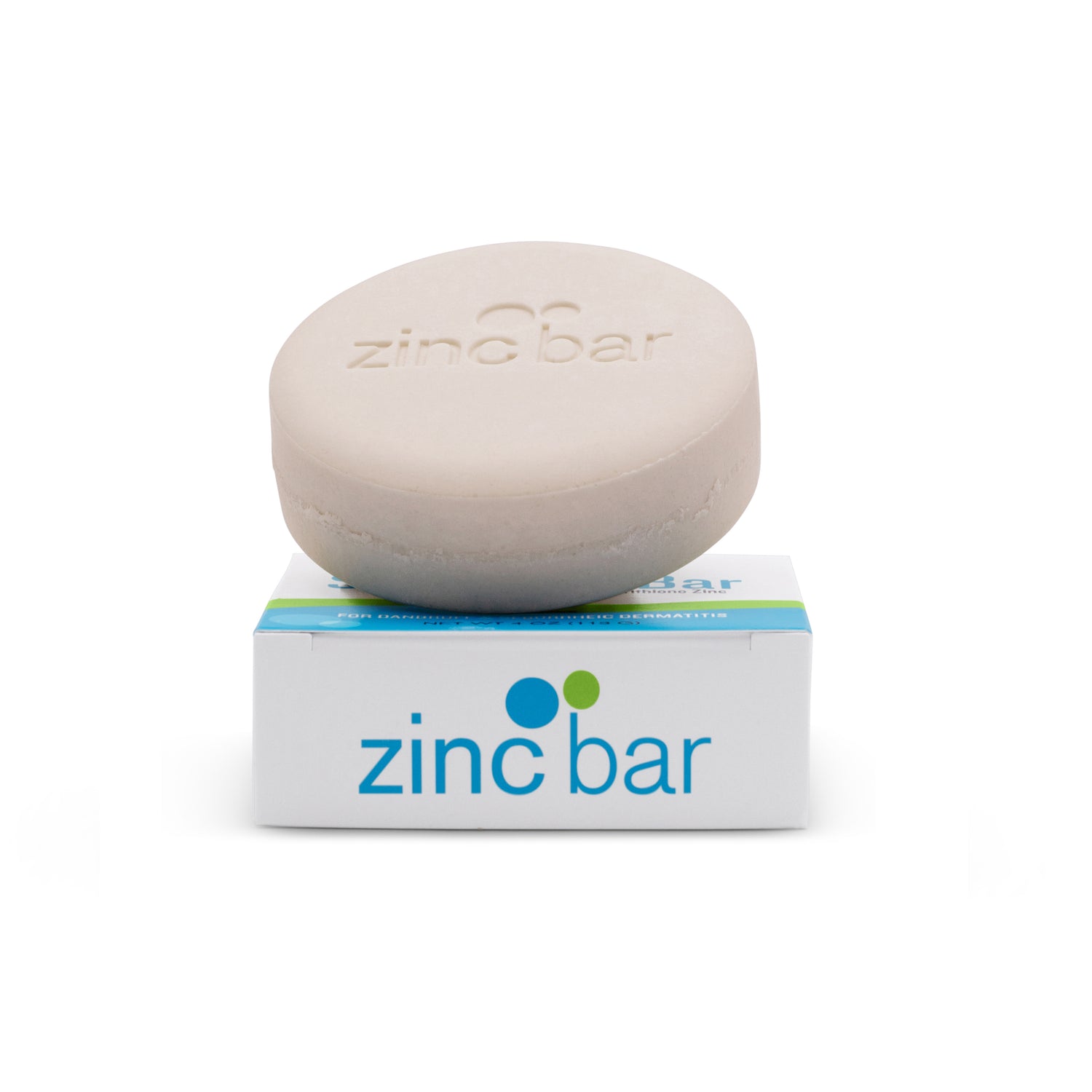Ayurvedic Treatment for Dandruff
Ayurvedic medicine is a traditional system of healing native to India, and practiced in many other regions worldwide as part of an integrative approach to medical practice. Ayurveda is itself an integrative approach to healing and health that focuses on attaining a well-functioning metabolism through diet, exercise, yoga, meditation, and massage. Botanical remedies prescribed in Ayurveda have been derived from centuries of experience with herbs, spices, and plant extracts. Medicinal herbs are used in cooking, foods, water, oils for consumption, liniments for massage, and drinks, or as part of personal hygiene and self-care. Ayurveda heals through a holistic approach and attitude toward life as much as through the specific medicinal qualities of its remedies and treatments.
Medicated oils are prepared in Ayurveda and liberally used for a variety of conditions. The oils themselves may possess medicinal properties, such as sesame oil, a common oil medium from which other medicinal oils are formulated. A particular remedy may contain as few as two herbs, added to an oil medium and heated according to a specific recipe. As many as 73 herbs are used in other formulations, with each herb enhancing the overall medicinal benefit.
Let's take a closer look at the plant species used in Ayurveda and Ayurvedic medicine's healing effect.
Plant Species Used in Ayurvedic Hair Treatments
The leaf from the Neem tree, Azadirachta indica, is one such plant that is used in oil formulations. Azadirachta indica contains compounds that possess 379 distinct activities based on the biochemical composition of the plant, including antibacterial, antidandruff, antieczemic, and antiseborrheic activities. This broad range of biochemical activities suggests why Neem tree extracts and oil are widely used in India's tradition of Ayurvedic medicine to promote health, and found in many hair care products.
Other Ayurvedic medicinal plants used for hair treatments include Centella asiatica (common names Gotu Kola, Asiatic pennyroyal), Phyllanthus emblica (Indian gooseberry), Glycyrrhiza glabra (licorice), and Cyperus rotundus (coco-grass, purple nut sedge, red nut sedge). All of these species contain zinc, a well-known ingredient in many scalp remedies, while all but C. rotundus also contain selenium, another common dandruff treatment ingredient.
|
Ayurvedic Remedies
|
|
|
Neem
|
Indian Gooseberry
|
|
Neem is a natural remedy for skin inflammation. Apply Neem oil to the scalp and gently massage for several minutes to help prevent dandruff. For irritation, steep mashed Neem leaves in hot water. Let the softened leaves cool and then place on the scalp for 30 minutes. You may gently apply the cooled water mixture to your face to help reduce acne symptoms. |
Indian gooseberry is a natural fruit with both antidandruff and healthy hair properties. The extract is a natural hair shampoo cleanser and tonic. To help reduce dandruff, prepare a gooseberry curd and let it ferment for several days at room temperature, then combine the curd with a wee bit of lemon juice. Gently massage the mixture into the scalp for 30 minutes. Gooseberry is also said to naturally darken the hair and help cover gray hair. Mix dried ground gooseberries with a little lemon juice and apply to hair regularly. |
Toward Deeper Connection with the Plant World
An understanding of the synergy of beneficial effects from medicinal plants that have co-evolved with humans over the millennia is integral to Ayurvedic medicine's healing effect. A depth of knowledge about plants and the wise use of their broad benefits when used in cooking, in extracts and tonics, and in medicinal oils speaks to a broader synergy humans possess with their environment. A focus on individual components as agents of healing is largely a result of the Western, reductionist approach to proving a treatment's effect. When healing is viewed as an encompassing approach to life, derived from what and how we eat, a care for our bodies, and a care for our spirits we approach the ancient ways of health and healing.
Finding Your Severe Dandruff Solution
No matter how mild or severe your dandruff, there are steps you can take to optimize the health of your scalp and skin and to minimize your symptoms. These suggestions can all be used in conjunction with other topical treatments, soaps, nutritional supplements including probiotics, and dietary guidance to gain relief from dandruff symptoms.

